Recently, a reputed scooter brand copied an artwork of Indra Jatra and published it in their social media handles (Instagram/Facebook) without any attribution. It was an illustration by Diwas Maharjan of Hamro Patro. The company deleted the image after the community of Graphic Designers raised a concern about it.
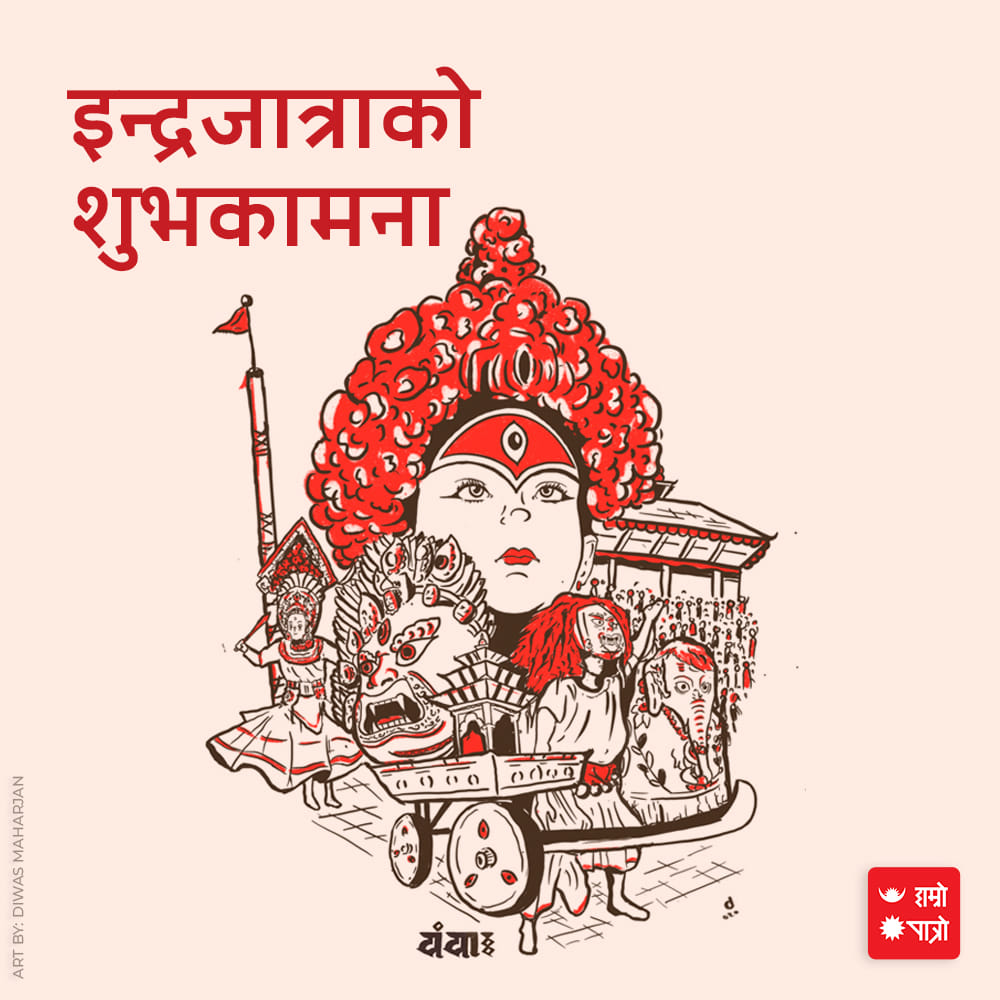
Similarly, another case of copyright infringement in design work took place when a popular restaurant brand in Nepal copied the same image and published it on their social media pages.
On top of that, the social media handler of that Restaurant messaged irresponsibly when the illustrator asked him/her for justification. The restaurant deleted the image after some time.
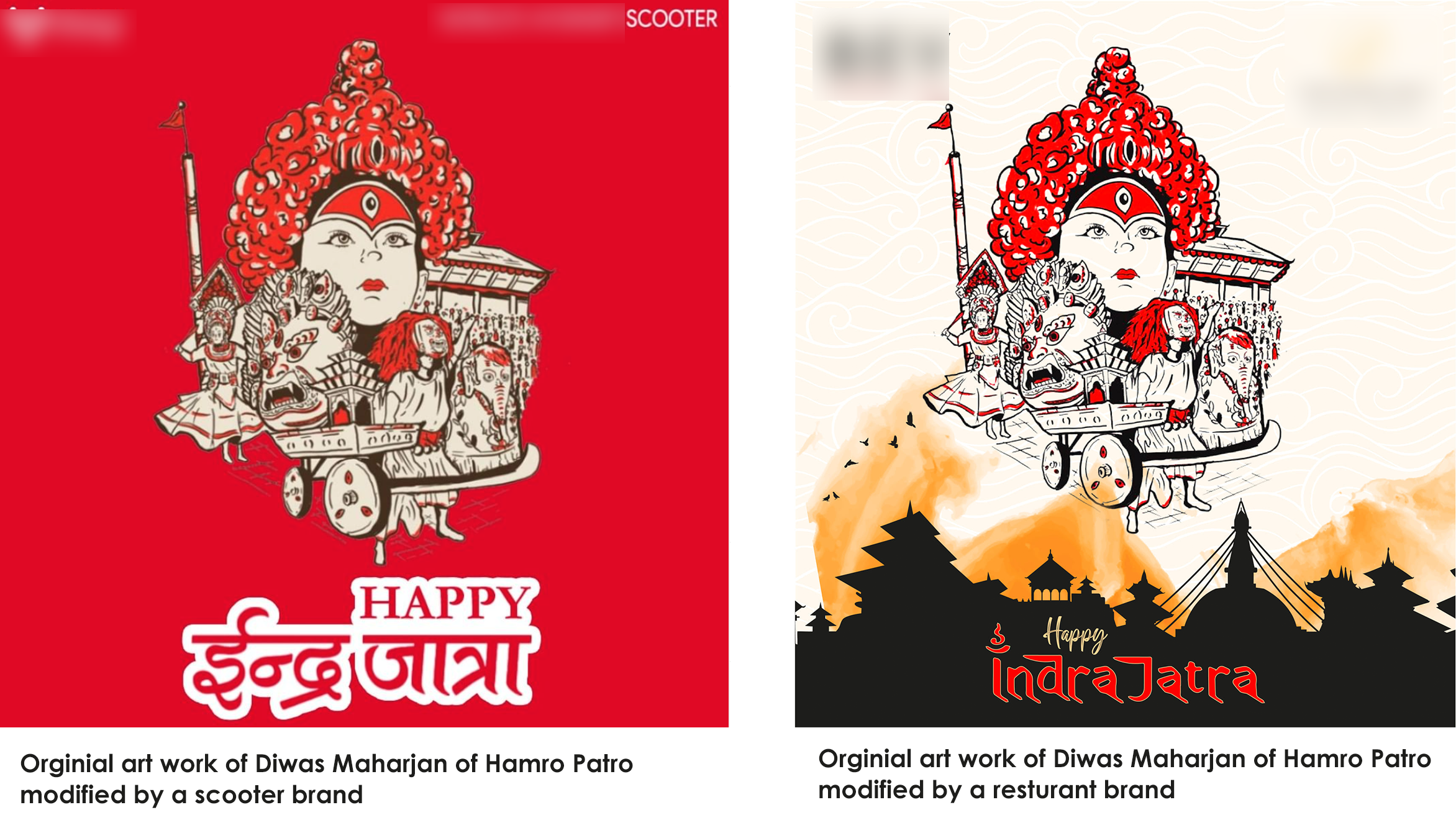
Graphic Designers’ Community Nepal has been raising questions through its social media group on these activities. In response, some netizens have suggested taking legal action, writing a review on the company’s social media wall and some have strongly criticized the Restaurant’s thoughtless response to the digital artist.
The challenges in design plagiarism are much deeper than what we see. Both brands and digital artists must be alert regarding these incidents and take needful implementation from their side to reduce the infringement.
Why design plagiarism exists in Nepal?
Plagiarism is not a new concern for designers. But, it is less-discussed issue. Certainly, it is a complex issue as all the hard works of digital artists vanish into smoke when it happens. And it is not just a problem in Nepal, but it’s an international issue.
These are some reasons behind plagiarism in design works in Nepal.
#1. Artists aren’t well paid and in many cases considered as an unnecessary investment
Low wages are a problem for artists in almost all countries. And especially in Nepal being artist is still an underrated profession. Many middle-sized and big companies and corporates aren’t willing to invest in digital artists or designers. Still, they want to be visible on social media through illustrations.
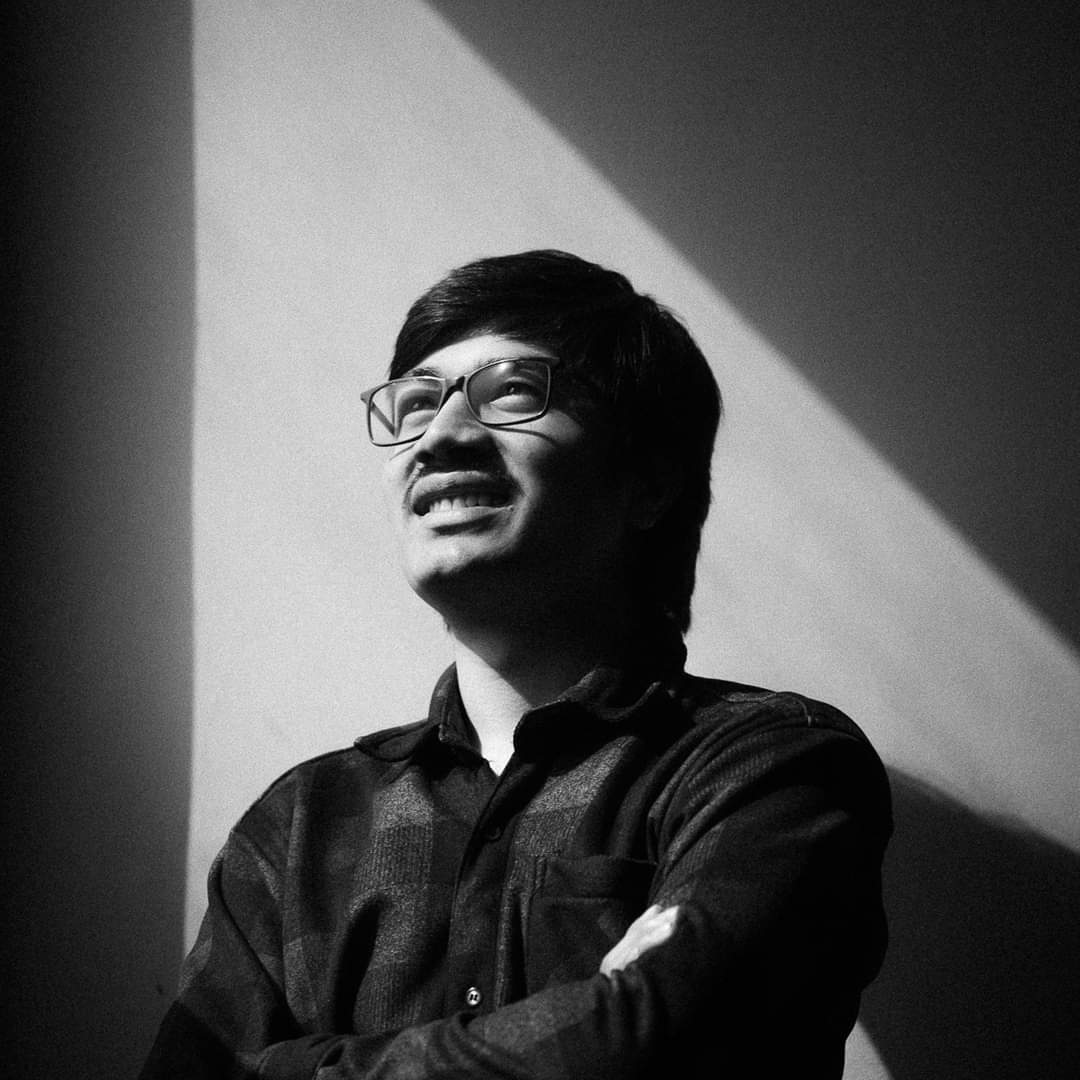
“The easiest way for them is to save, take a screenshot and modify/copy others’ digital illustrations and share it in their handles,” shares Saurav Thapa Shrestha, member of Graphic Designers Community Nepal.
Besides this, in some cases, the poorly paid digital artists use the available images in Google or social media and modify or copy/paste for their tasks.
#2. Limited pictures and unavailability of free pictures collection
Not everyone, especially the startups and small ventures can pay for artists or purchase images. Platforms like Freepiks, Unsplash and Pexels serve such people who cannot invest in artists. However, we have very limited picture collections in Nepal.
“This is because artists here usually do not contribute for such platform,” shares Shrestha. As their pay scale is low compared to illustrators of other countries, they don’t prefer giving pictures for free on public platforms.
#3. Getting away with plagiarism claims
Especially in Nepal, where taking any legal action consumes ample time and energy, digital artists don’t want to get into the prolonged process.

“Most of the things get solved between two parties; the illustrator/owner company or the person or brand who used it,” says Abhash Bikram Thapa, founder of the Community. Very few of them go forward with legal action.
What needs to be done?
#1. Copyright protection
The Copyright Act, 2059 (2002) protects the copyright of the original works. The act addresses photography, illustration and other visual works. According to the act, the author of a work shall be the first owner of the economic right of that work.
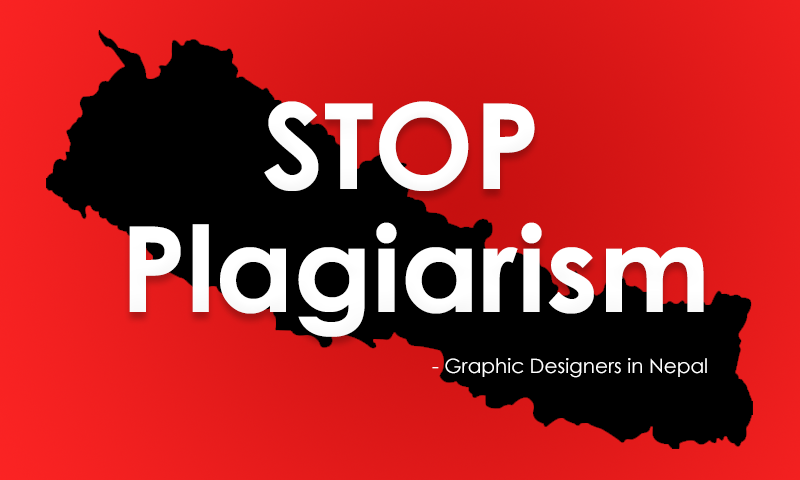
Section 20 of the act writes that without authorization of the author or the copyright owner of such work, to broadcast and publish to the public, the compensation for the loss is to be borne.
Similarly, section 29 says that any person who imports an unauthorized copy of any work shall have to pay compensation to the copyright owner for his loss. The violator shall be punished with a fine of a sum from five thousand to fifty thousand rupees according to the gravity of the offense. Also, the copy shall be seized.
Though most designers don’t prefer to walk this way, choosing this harsh path can control plagiarism to some extent.
#2. Registering artworks
One can register any form of arts at Nepal Copyright Registrar’s Office.
“Many canvass artists register their paintings but only a few digital illustrators and artists register. This will be a hard task as the number of digital arts is immensely high.” Shrestha adds “But this will reduce the problem to a certain extent.”
Likewise, digital artists/illustrators can use the Creative Commons Copyright License. This allows individual artists and owners of the artwork to grant copyright permission within the boundaries of copyright law. Many digital artists are fine with giving their works but they are afraid of its misuse or commercial use. In that case, CC license protects the copyright as well as permit using art within a limit.
#3. Awareness among brands
Graphic designs or digital art are prone to plagiarism especially with growing social media engagement among individuals and brands. The problem in design is that anybody can claim the arts to be theirs with cropping, edits and some modification. Also, as most people do not take legal action, the violators get away with plagiarism claims just by removing the posts on social media.
If this indifference continues, the designers/ digital artists will keep suffering and no constructive solution will come out anytime. Brands must start recognizing the digital artists/ designers and think of them as a long-term investment and asset of the company.
“In some cases, they can take the art with the owners’ name credit. But this has to be strict practice,” shares Shrestha.
The Community of Graphic Designers formed in 2011 talks about the issue during meetups and discussions, “We had not raised this concern frequently but now it is high time” shares Thapa.
Both Thapa and Shrestha share that as design plagiarism is becoming common recently it has to be controlled before it goes out of hands.
4 Comments
Leave a Reply
-
Infinix Expected to Expand its Ecosystem in Nepal with the XPAD 20 ProHIGHLIGHTS The Infinix XPAD 20 Pro price in Nepal could be Rs. 26,999 (8/128GB). It…
-
Best Phones Under 35000 in Nepal (December 2025 Updated)I’ve always said that Rs. 30,000 is where phones start getting interesting. You can check…
-
REDMAGIC 11 Pro, The World’s First Liquid-Cooled Phone, Expected to Launch in NepalHIGHLIGHTS The REDMAGIC 11 Pro price in Nepal could be Rs. 1,15,999 (12/256GB). Qualcomm’s new…


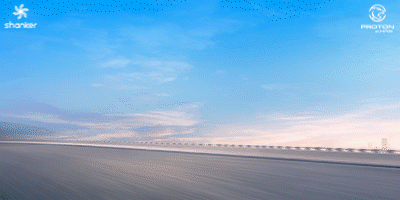












Photoshop, windows haru subscribe garya xa ki pirated techlekh le??
If we are really concerned about Plagiarism, either pay for every shit of the software to build the graphics, don’t use cracked one or use FOSS and let users use under cc license.
First of all, let users know that this is your creation and you are the rightful owner. Don’t just publish everything everywhere and let google find it as a free solution. Even if Google suggests it to the other users, find a way to inform users that you are the owner and motivate them to contact you to use your graphics.
Viral banauna lai sabai thau maa post haandincha, ani jaba arule use garcha, ani yo ta mero ho bhanna suru huncha..Aafno tarfa bata pani MERO HO HAI bhanera pailai bhannu paryo..
Damn! sad to see all these naive comments. Being a designer myself it’s frustrating to see people not understanding the hardship and time it takes to create an artwork.
I hope people understand artwork like they do about music.